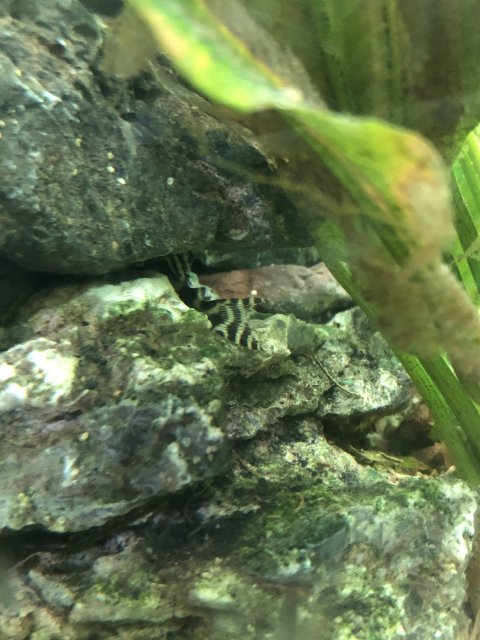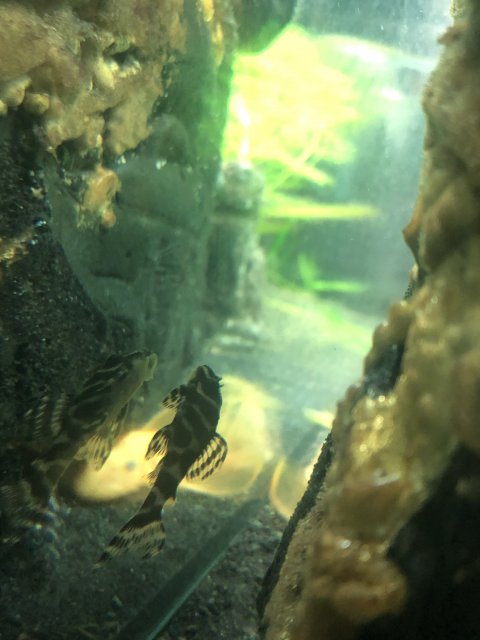Nice fish. You are about to head in the uncharted waters of 236 appearance. I say that because these fish morph. By that I mean if you take a time series of pictures of specific individuals over a few years you may find that, when viewed, you will swear they are not the same fish. Where this is most notable is between the fish when very young and then when a lot older- say 5 -10 years.
However, this does not have any effect on their offspring. Just because a more mature fish may have less white in it's later years doesn't mean the fry it is producing will also be less white. If you get to keeping the 173, you will find this even more pronounced.
The question I have always had and is yet to be resolved, is if either the 236 or the 173 will turn out to be Identified species (like zebras) or if they are natural hybrids. My gut has always been that the 236 are likely not a species and 173 are. But I have no proof of this, so I am prepared for science to prove me wrong. This is why I have super white 236 but would never consider wanting a super white 173 and especially not a super white zebra.
Having worked with zebras, 236 and 173, I have been able to watch each of them grow from egg to adulthood. I have never mis-dentified a free swimming zebra.
However, this does not have any effect on their offspring. Just because a more mature fish may have less white in it's later years doesn't mean the fry it is producing will also be less white. If you get to keeping the 173, you will find this even more pronounced.
The question I have always had and is yet to be resolved, is if either the 236 or the 173 will turn out to be Identified species (like zebras) or if they are natural hybrids. My gut has always been that the 236 are likely not a species and 173 are. But I have no proof of this, so I am prepared for science to prove me wrong. This is why I have super white 236 but would never consider wanting a super white 173 and especially not a super white zebra.
Having worked with zebras, 236 and 173, I have been able to watch each of them grow from egg to adulthood. I have never mis-dentified a free swimming zebra.




